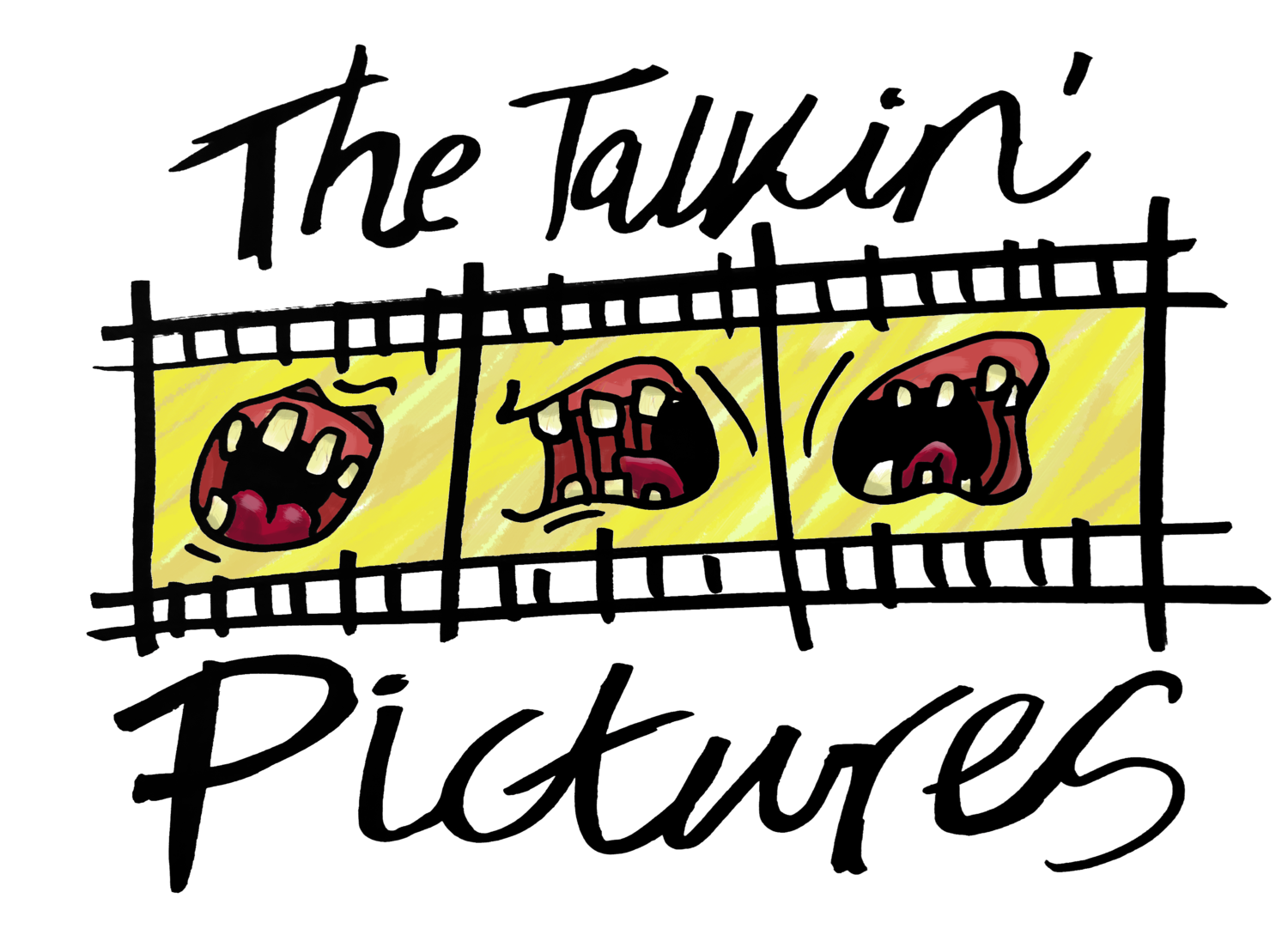"Doc may not be a "do-gooder" but he's done good."
In the fictional Californian seaside suburb of Gordita Beach the 1960s and drawing to a close, this is where we find private investigator Larry “Doc” Sportello (Joaquin Phoenix) sprawled out on his couch, slowly taking a drag on a joint, waiting for his next case. And boy does he get one. When he “ex old lady” Shasta Fay Hepworth (Katherine Waterson) shows up at his door one night telling tale of a real estate magnate she’s shacked up with being drugged and dragged off to the loony bin, “Doc” begins to fall down a rabbit hole of intrigued that involves everything from a cop who wants to be a movie star, neo-nazi’s, a mysterious boat form the Bermuda triangle, a cartel of drug dealing dentists and just about everything in between. If only “Doc” could see through the haze, both literal and metaphorical, to crack the case before it gets the better of him.
With “Inherent Vice” writer/director P.T. Anderson may have constructed his most complex film to date, and following “The Master” that’s saying something! The film unravels much the same as it’s source material (a novel written by postmodernist Thomas Pynchon) in a complex weave of characters and scenarios that’s connect and influence each other in ways that are as baffling to our protagonist as they are to the audience. That being said, if you are willing to just sit back and follow “Doc” through his dope addled journey you’re in for a hell of a ride.
It’s great to see Phoenix return to a lighthearted performance, following years of brilliant, albeit bleak, dramatic performances. The joy in which he seems to revel in playing the character of “Doc” is something that audiences haven’t seen him achieve since his early days (there are elements of an older, wiser Elwood from “Buffalo Soldiers” in there for sure). Phoenix’s shining performance is made brighter however by the marvelous supporting cast that surround him. The stillness Owen Wilson is able to instill in his moments on screen (the majority of which are long, single take slow zooming shots) is contrast beautifully with the manic (and all too brief) presence of Martin Short and Benecio del Toro. However, the real standouts of the piece are Katherine Waterson who, with the beautiful sadness projected from her wounded characterization of Shasta, announces her presence in the industry as a new talent to be reckoned with. The other of course being Josh Brolin who is cranked up to 11 as the manic, obtuse and bizarrely orally fixated police detective “Bigfoot” Bjornsen, a man that Brolin portrays as constantly teetering on the edge of sanity and lawfulness.
While the compiled casts have always been a huge draw card for his films what truly makes this film a treat is the visual brush that Anderson and director of photography Robert Elswit paint with. The visuals are key here, presented in a brilliant 70mm form (similar to Anderson’s previous film, “The Master”), in not just facilitating the action but establishing the mood and setting of the piece. Evoking a range of visual styles ranging from more kinetic action pieces to classic noir/detective films (Polanski’s “Chinatown” in particular). This truly is a film that needs to be seen the way it was intended, on the big screen.
While it’s definitely not everybody’s cup of tea, if you’re willing to go down the rabbit hole that is this film (particularly in a crowded cinema with a similarly like minded audience) you’re going to have an absolutely blast. While it is by no means Anderson’s best or most well constructed film to date it definitely tops the list as his most enjoyable.
9 out of 10.
Reviewed by Chris Swan.



